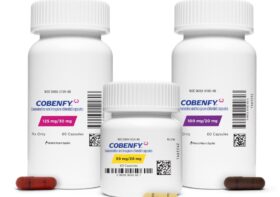The Best Ingrown Hair Treatments
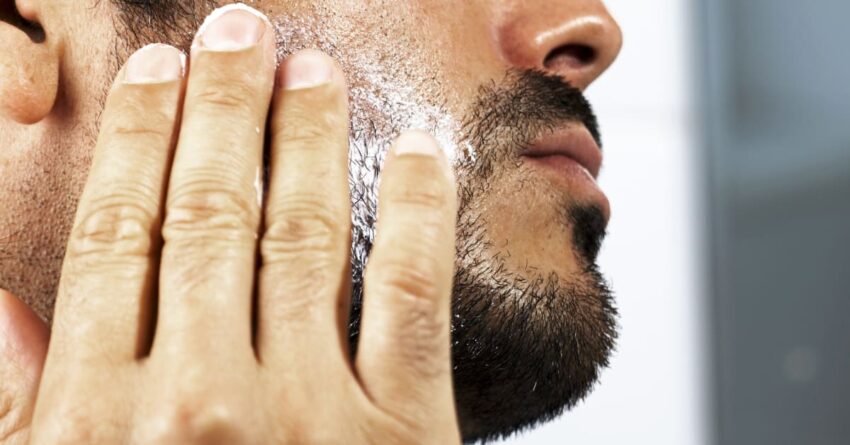
Men’s Journal aims to feature only the best products and services. We update when possible, but deals expire and prices can change. If you buy something via one of our links, we may earn a commission. Questions? Reach us at shop@mensjournal.com.
Ask anyone prone to ingrown hairs about their shaving and skincare habits, and they’ll likely reveal that the whole regimen swivels around that vulnerability. They’ll do anything to avoid ingrowns, like using an electric razor or getting a retinol prescription to keep skin perfectly exfoliated. In the toughest cases, ingrown hair treatment and prevention can be a full-time battle.
While their frequency depends on things like shaving habits as well as the curl pattern or thickness of your hair, ingrown hairs can happen to anyone. They can also happen anywhere on the body—especially in areas of high friction, like from your thighs rubbing together. One universality about ingrown hairs is that they can be extremely painful, not to mention unsightly. They might even take a while to heal, since the big ones resemble cystic acne in terms of the damage they inflict on skin.
Treating ingrown hairs—and preventing them—centers on key ingredients and formulas that keep the pores clear. Since it’s sometimes impossible to prevent a hair from curling up inside the pore, these ingredients focus on mitigating other things that can add to the clogged and inflamed pore, like oil, dead skin cells, and bacteria. An emphasis on soothing inflamed skin can go a long way, too. This is why our vote for the overall best ingrown hair remedy, Jack Black’s Bump Fix, tackles all these bases in a dual prevention and treatment vehicle. But there’s no shortage of great options, as you’ll see with our full list of winners below.
How We Tested
At Men’s Journal, we’re constantly testing the latest products, some of our team with more than a decade of grooming coverage under their belt. Whenever something enters the marketplace, it’s also at our desks, and quickly being tested. Think of us as grooming lab rats; we get to enjoy the spoils when something is really great, and endure the agony when a product isn’t up to par.
Related: 8 Beard-Growing Rules for Newbies
How to Shop for Ingrown Hair Treatments
There are a couple angles to approach ingrown hair solutions. First, if you know you’re prone to ingrown hairs—and to what level of severity—then you can use preventative products to get ahead of most problems. But everyone should have at least one treatment product ready in case they need to coerce those hairs out from the skin. And that choice usually boils down to physical scrubs vs. liquid options (like essential oils, witch hazel, or exfoliating acids).
Many of those topical treatment options are used in prevention, too. That’s because the aim is the same for both: to clear out the pores—which means preventing trapped skin cells, bacteria, and a buildup of oil/sebum production. Calming inflammation and soothing the skin are great benefits, too. Here are four important steps to take, and remedy information for each of them.
Balance Oil Production
Rely on the following three ingredients to balance oil production: Witch hazel is most commonly known for its oil- and pH-toning abilities to keep skin soothed and clam. Salicylic acid is a beta hydroxy acid that exfoliates surface skin cells and seeps into the pores to balance oil production, while also clearing out trapped cells and sebum buildup. Tea tree oil is an anti-inflammatory that balances oil production and has antimicrobial abilities—in case there’s bacteria causing any painful outbreaks in the pores.
Mitigate Bacteria
Again, tea tree oil is a key option here for its antimicrobial properties. Benzoyl peroxide is also terrific for neutralizing bacteria that can worsen ingrown hairs and acne. Even super-soother chamomile has antiseptic properties.
Remove Dead Skin Cells
Choose a gritty but gentle physical scrub, which can also be used to remove trapped hairs by rubbing in small circles over the impacted spot. You can also try a chemical exfoliant like salicylic acid (as mentioned above), since it also balances oil production and frees up clogged pores. Alpha hydroxy acids like glycolic, lactic, and mandelic acid exfoliate cells at the surface to prevent eventual trapped hairs and skin cells. More advanced options include getting a retinol prescription (like tretinoin) or over-the-counter retinols like adapalene gel—especially good for acne-prone skin.
Soothe Skin
Of the aforementioned ingredients, look to tea tree oil and witch hazel for their anti-inflammatory and calming properties. Other optimal ingredients include allantoin, aloe, chamomile, licorice extract, and green tea extract.
Related: Skincare for Men: Dos and Don’ts for Better Skin
How We Tested
At Men’s Journal, we’re constantly testing the latest products, some of our team with more than a decade of grooming coverage under their belt. Whenever something enters the marketplace, it’s also at our desks, and quickly being tested. Think of us as grooming lab rats; we get to enjoy the spoils when something is really great, and endure the agony when a product isn’t up to par.
Best Ingrown Hair Treatments of 2023 Best Overall Ingrown Hair Treatment: Jack Black Bump Fix 
Courtesy Image
Jack Black’s Bump Fix is the best preventative and treatment option for ingrowns, since it checks all the boxes to minimize the odds for trapped hairs. Salicylic acid balances oil production in the pores, and reduces any glut of sebum trapped in there. It does the same for trapped skin cells, and rids skin of lingering dead surface cells that might otherwise make their way into the pores. On top of that, chamomile extract fights off bacteria and reduces inflammation at the site of the ingrowns. This one also uses aloe for additional soothing properties.
[$28; amazon.com]
Best Scrub: Neutrogena Acne Face Scrub with Salicylic Acid 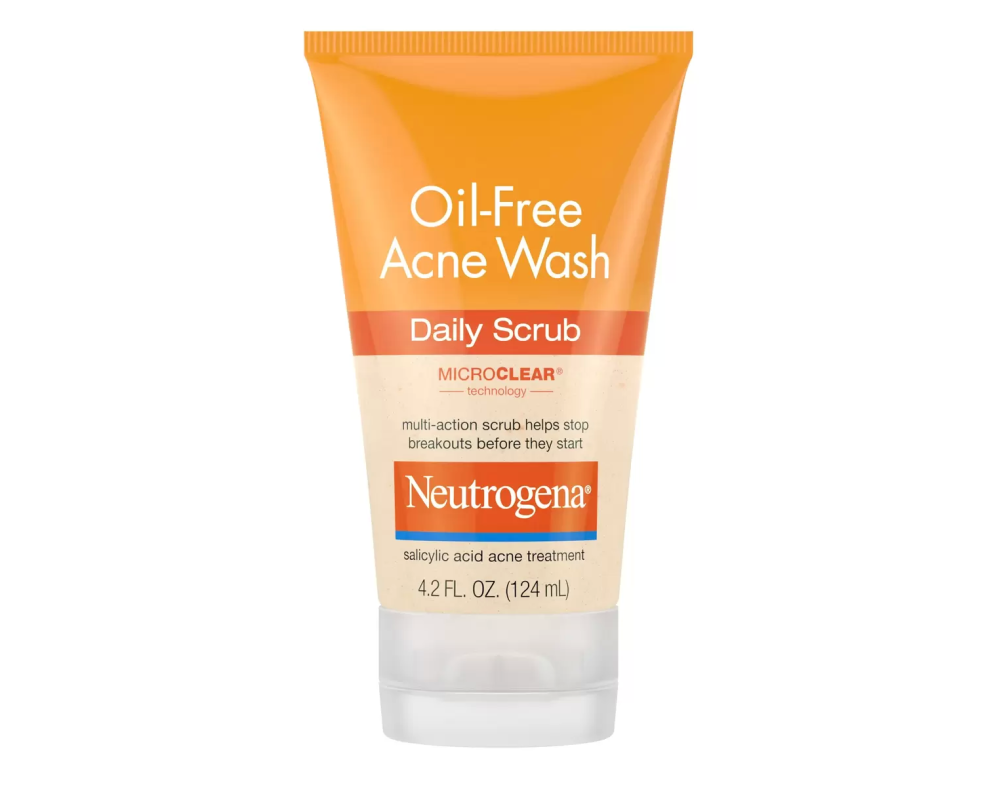
Courtesy Image
Use this gentle scrub if you need to coach a hair out of its hiding spot, or to buff away dead skin cells in an effort to prevent trapped ingrowns. It also has salicylic acid (2%), so it doubles as an oil balancer and dead cell exfoliant.
[$8; walmart.com]
Best Prevention: Anthony Ingrown Hair Treatment 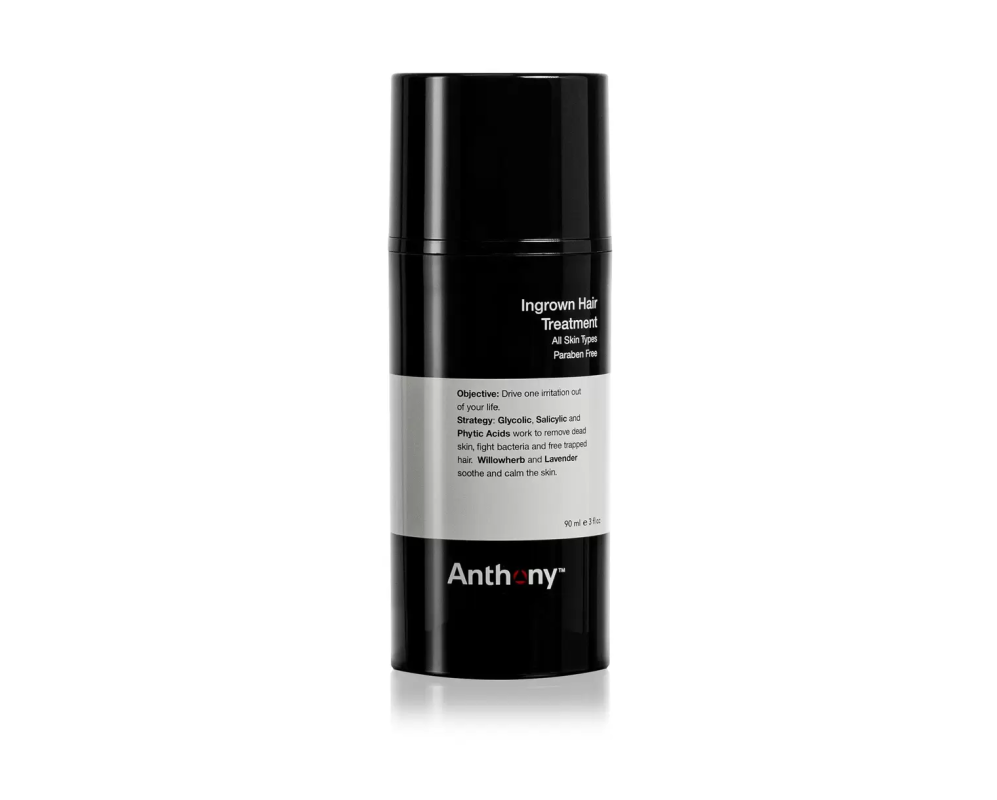
Courtesy Image
Anthony’s trio of acids includes two alpha hydroxy acids to target surface-level exfoliation: The industry-favorite glycolic acid ensures smooth complexion and fewer trapped pores, while phytic acid (a popular ingredient in skin peels) improves cellular turnover at the site for added prevention. Salicylic acid is the third key ingredient, which frees up trapped pores and balances oil production, all in an effort to promote efficient and direct hair growth.
[$34; amazon.com]
Best for Sensitive Skin: Fur Ingrown Hair Oil Concentrate 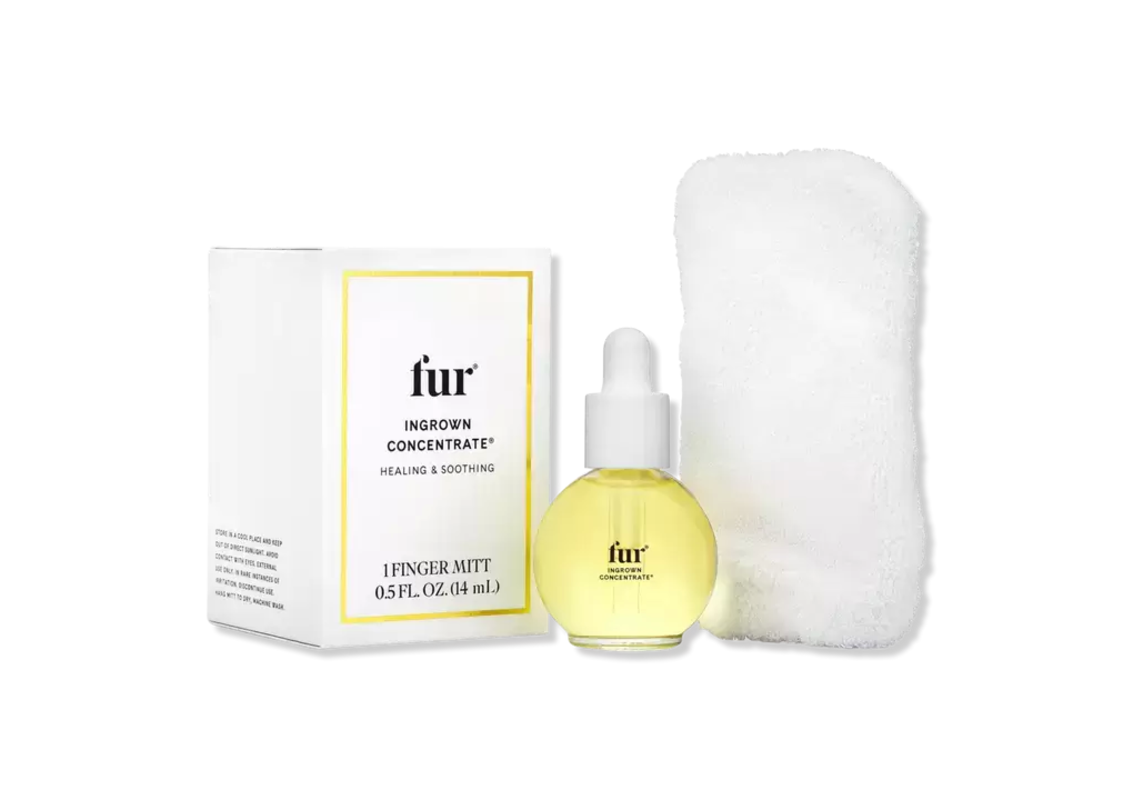
Courtesy Image
In this instance, “sensitive skin” primarily refers to your more intimate areas and thighs, where ingrown hairs are extremely common due to friction and the hairs’ increased curl pattern. Fur’s oil calls on tea tree oil and chamomile extract to calm inflammation, temper sebum production, and neutralize bacteria. It also nourishes and hydrates skin with grapeseed oil and coconut oil.
[$32; amazon.com]
Best for Shave Bumps: Baxter of California Anti-Bump Treatment 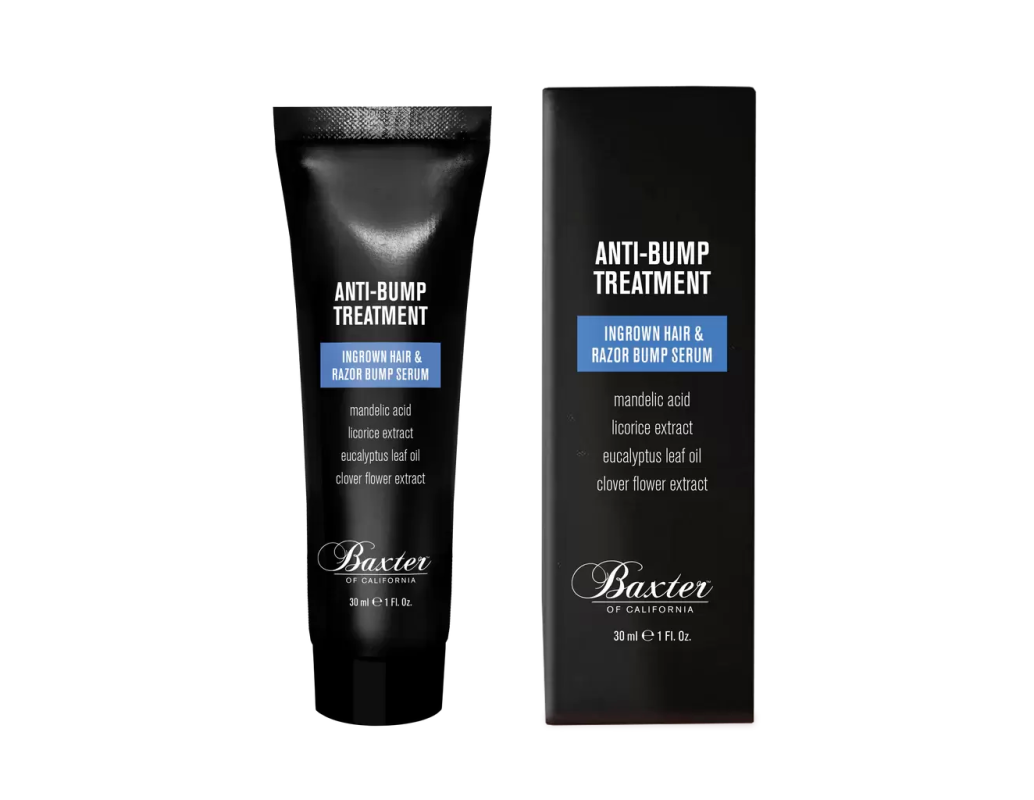
Courtesy Image
After a shave—or at first sign of shave bumps—apply Baxter’s bump treatment to expedite exfoliation and to coach those hairs from out of hiding. It uses mandelic acid for that surface polishing, eucalyptus oil for antiseptic properties, and licorice extract to soothe skin.
[$28; amazon.com]
Best for Acne-Prone Skin: CeraVe Acne-Foaming Cream Wash with Benzoyl Peroxide 10% 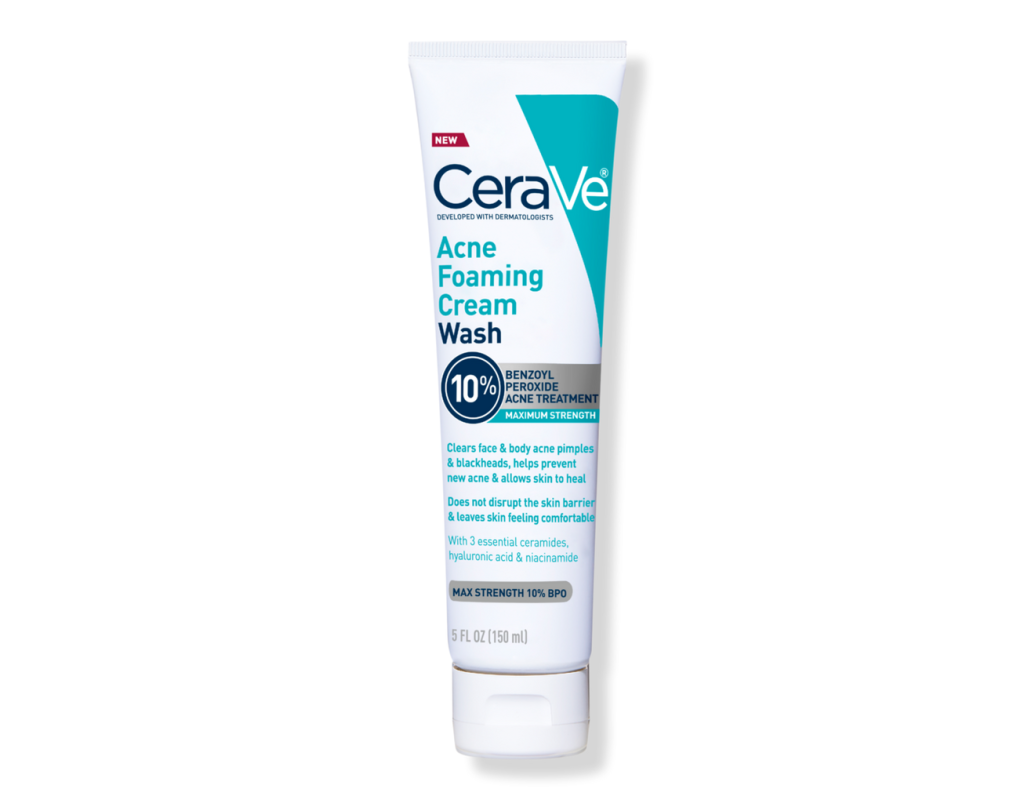
Courtesy Image
While many of the above remedies are also terrific for acne-prone skin, anyone whose breakouts and ingrowns are anchored in bacteria proliferation should consider assistance from benzoyl peroxide. It’s easy to get a daily dose from a 10% face wash, like CeraVe’s exceptional cream cleanser. It won’t dry your skin out like other high-grade formulas. Speak with your dermatologist about possible prescription options, and remember that this ingredient can bleach colored textiles, so be sure to rinse it entirely before drying yourself off.
[$18; amazon.com]
